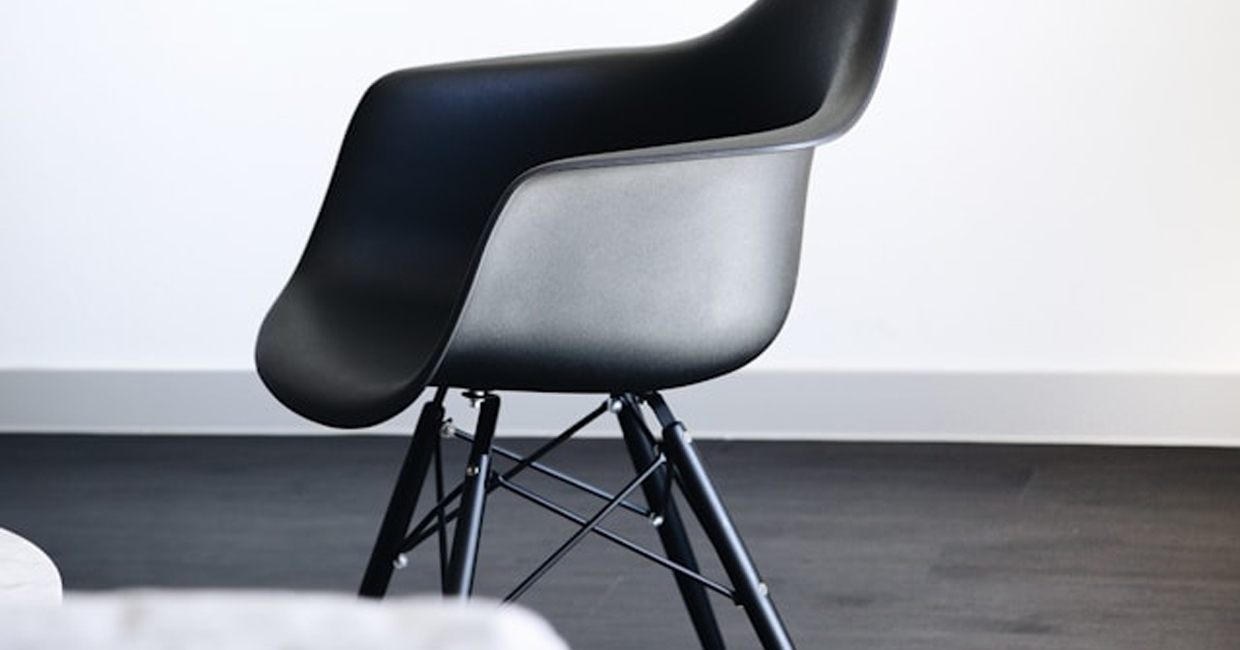The furniture industry is experiencing a fundamental shift in how people think about product lifecycles, writes Loctite. No longer content with the traditional make-use-dispose model, manufacturers and consumers alike are embracing a new paradigm that prioritises repair, reuse, and sustainable design principles …
This transformation isn't just about being environmentally conscious – it's about creating furniture that lasts longer, performs better, and delivers genuine value to both businesses and customers. The convergence of innovative materials, smart repair techniques, and circular economy principles is reshaping everything from manufacturing processes to consumer behaviour.
Sustainable materials lead the charge
The foundation of this revolution lies in material innovation. Recycled plastics, reclaimed wood and rapidly renewable resources like bamboo are no longer niche choices – they're becoming mainstream options that offer environmental benefits and superior performance characteristics.
Bamboo, in particular, has emerged as a game-changer due to its rapid growth rate and structural resilience. Unlike traditional hardwoods that take decades to mature, bamboo can be harvested in just three to five years, while maintaining exceptional strength and durability.
Recycled materials are also gaining significant traction. The iconic Emeco 111 Navy Chair, crafted from recycled plastic bottles, demonstrates how post-consumer waste can be transformed into high-quality furniture pieces without compromising on aesthetics or functionality.
Key sustainable material benefits include reduced environmental impact during production, lower carbon footprint throughout the lifecycle, as well as longevity.
The art and science of furniture care
Effective maintenance and repair techniques have become crucial differentiators in extending furniture lifecycles. Simple preventative measures can dramatically increase a piece's lifespan while reducing the need for costly replacements.
Regular cleaning routines, controlled humidity levels, and strategic positioning away from direct sunlight form the foundation of proper furniture care. These basic practices prevent common issues like micro-abrasions from dust accumulation and dimensional changes in wood caused by humidity fluctuations.
For more significant repairs, modern techniques have evolved to address both aesthetic and functional challenges. Reupholstering transforms worn pieces into renewed functional art, while wood refinishing processes restore original lustre to vintage furniture. When dealing with composite materials or hard plastics, specialised solutions like plastic glue provide strong, lasting bonds that extend product life significantly.
Circular economy principles in action
The circular economy model is revolutionising how furniture companies approach product design and lifecycle management. Rather than viewing furniture as a linear journey from factory to landfill, manufacturers are implementing systems that keep materials in productive use for as long as possible.
Design for disassembly has become a cornerstone of modern furniture manufacturing. Products engineered for easy component separation facilitate both repair processes and end-of-life recycling, ensuring that valuable materials can be efficiently recovered and reused.
The golden rules of circular furniture design provide manufacturers with practical guidelines for implementing these principles. These strategies encompass everything from material selection and modular construction to take-back programmes and refurbishment services.
Digital platforms are enhancing these circular models by enabling innovative business approaches such as furniture-as-a-service and leasing programmes. These models allow manufacturers to retain ownership of products, ensuring they return for refurbishment or recycling rather than ending up in landfills.
Material innovation beyond the ordinary
The most exciting developments in sustainable furniture often involve materials that challenge traditional expectations. From mycelium-based foams to ocean plastic composites, designers are exploring solutions that seemed impossible just a few years ago.
Mycelium, the root network of fungi, is being developed into biodegradable seating and insulation materials. These bio-based alternatives offer excellent performance characteristics while ensuring complete biodegradability at end-of-life.
High-performance composites are merging durability with design flexibility in unprecedented ways. Glass fibre-reinforced concrete allows designers to create intricate forms that were previously impossible with conventional materials, while maintaining structural integrity and longevity.
The strange materials behind sustainable furniture demonstrates how innovative thinking is pushing the boundaries of what's possible in sustainable design. These materials often draw inspiration from natural processes, creating solutions that are both environmentally responsible and functionally superior.
Real-world success stories
Several companies have demonstrated the practical benefits of integrated sustainable approaches. The European Furniture Group's implementation of design-for-disassembly principles resulted in significant waste reduction while maintaining cost-effectiveness in production.
Relieve Furniture showcases another successful model, saving approximately 116 tons of CO₂ emissions by refurbishing and reusing 58 pieces of furniture in commercial workspaces. This initiative demonstrates how strategic refurbishment can deliver both environmental benefits and operational efficiency.
These case studies prove that sustainable practices aren't just environmentally beneficial – they're also economically viable and often superior to traditional approaches in terms of long-term value creation.
Looking ahead – the future of furniture
The integration of sustainable design principles, advanced repair techniques and circular economy strategies represents more than just a trend – it's a fundamental reimagining of how the furniture industry operates.
As consumer awareness grows and regulatory frameworks evolve to support circular economy transitions, companies that embrace these principles will find themselves well-positioned for long-term success. The challenge now lies in scaling these innovations and making sustainable practices accessible across all market segments.
The furniture industry stands at a pivotal moment. By embracing repair culture, sustainable materials and circular design principles, manufacturers can create products that not only meet today's environmental challenges but also deliver superior performance and value to customers. The revolution is here – and it's built on the simple premise that good furniture should last, and when it needs help, it should be repairable.
Photo courtesy Unsplash/Andres Jasso










